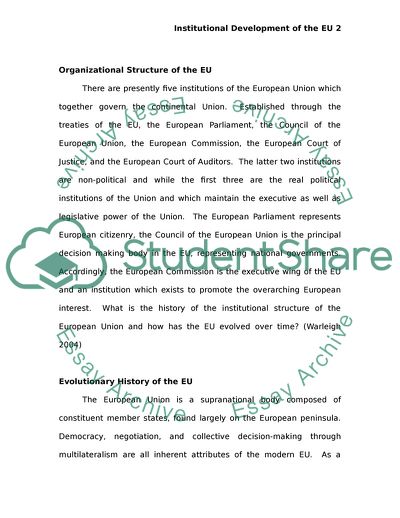Cite this document
(Institutional Development of the European Union Coursework, n.d.)
Institutional Development of the European Union Coursework. Retrieved from https://studentshare.org/macro-microeconomics/1717237-european-community
Institutional Development of the European Union Coursework. Retrieved from https://studentshare.org/macro-microeconomics/1717237-european-community
(Institutional Development of the European Union Coursework)
Institutional Development of the European Union Coursework. https://studentshare.org/macro-microeconomics/1717237-european-community.
Institutional Development of the European Union Coursework. https://studentshare.org/macro-microeconomics/1717237-european-community.
“Institutional Development of the European Union Coursework”. https://studentshare.org/macro-microeconomics/1717237-european-community.


